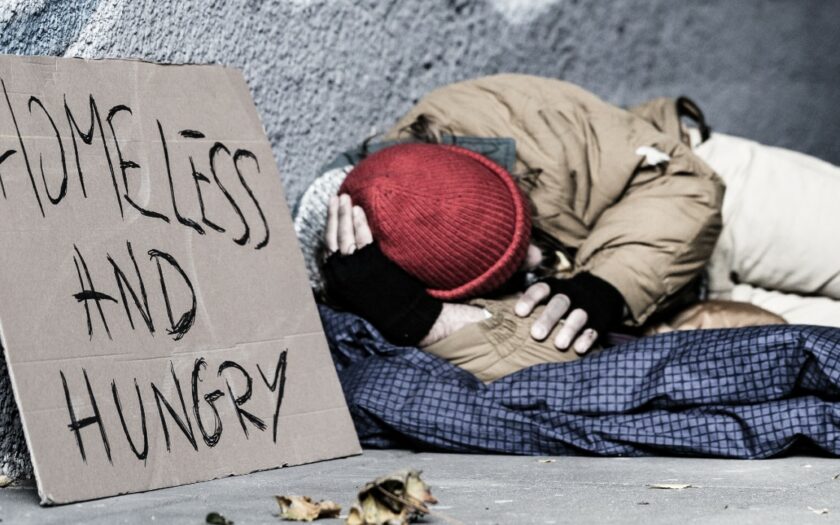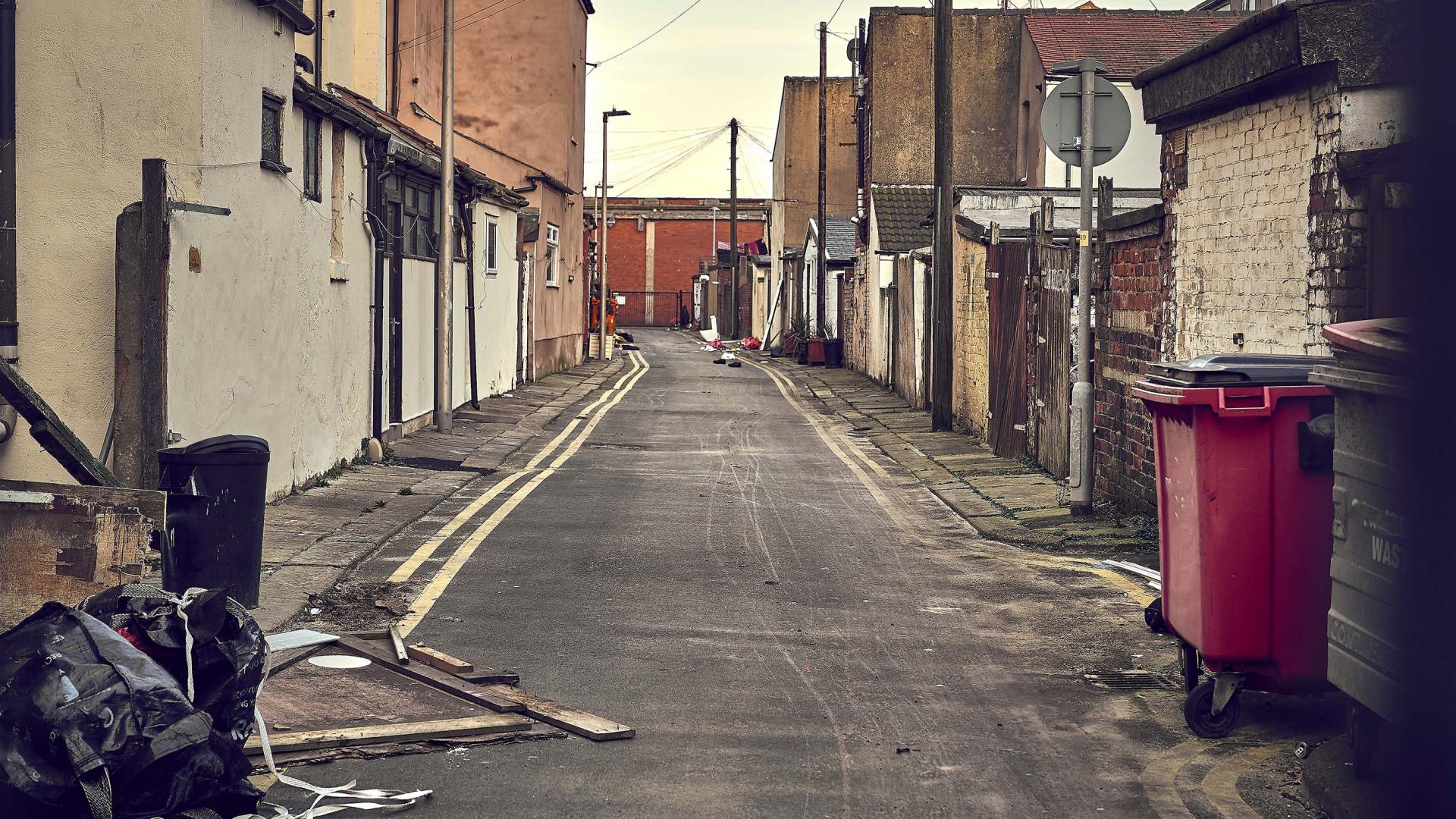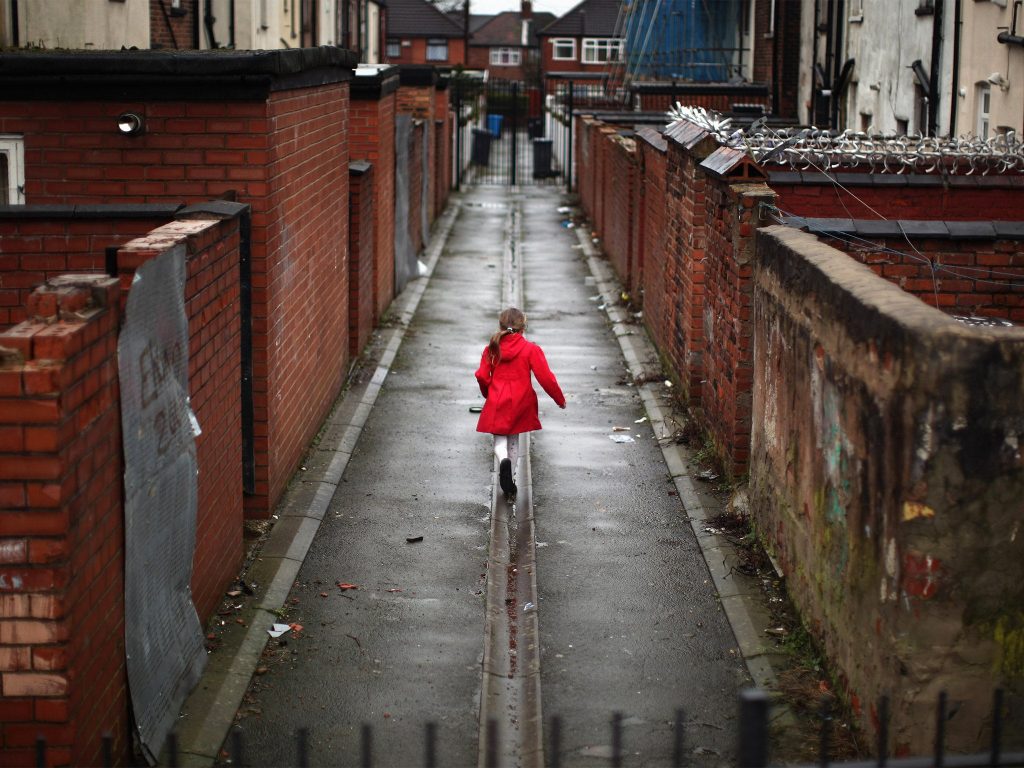Skip to content

UK Poverty 2024
The UK is entering this election year with unacceptably high levels of poverty, appallingly high for some groups. We need a coherent plan with creative policies to end poverty in the UK.
This report looks at the current situation across different groups and regions, and the future prospects for poverty in the UK.
UK Poverty uses a range of data sources and insights to build up a comprehensive picture of the current state of poverty across the UK. As poverty can lead to negative impacts at all stages of life, this report tells us who is worst affected, how levels have changed over time and what the future prospects might be.
Since last year’s report, we have seen even more evidence of the desperate measures that households are having to take to get by, and of the high tides of insecurity that have washed over more and more people.

Poverty has increased, close to pre-pandemic levels
More than 1 in 5 people in the UK (22%) were in poverty in 2021/22 – 14.4 million people. This included:
8.1 million (or around 2 in 10) working-age adults
4.2 million (or nearly 3 in 10) children
2.1 million (or around 1 in 6) pensioners.

Poverty rates have returned to around their pre-pandemic levels, as middle-income household incomes rose at the same time as a range of temporary coronavirus-related support was withdrawn.

Certain groups have wholly unacceptably high rates of poverty
Some groups of people face particularly high levels of poverty. This includes:
Larger families – 43% of children in families with 3 or more children were in poverty in 2021/22. A number of benefit policies, including the two-child limit and the benefit cap, have a disproportionate impact on larger families.
Families whose childcare responsibilities limit their ability to work – 44% of children in lone-parent families were in poverty in 2021/22, as were 32% of children in families where the youngest child was aged under 5.

Many minority ethnic groups – around half of people in Pakistani (51%) and Bangladeshi households (53%) and around 4 in 10 people in households headed by someone from an Asian background other than Indian, Pakistani, Bangladeshi or Chinese (39%) or households from Black African backgrounds (42%) were in poverty between 2019/20 and 2021/22. These households also have higher rates of child poverty, very deep poverty and persistent poverty.
Disabled people – in 2021/22, 31% of disabled people were in poverty. This was even higher (38%) for people with a long-term, limiting mental health condition. Higher poverty rates for disabled people are partly due to the additional costs associated with disability and ill health and partly due to the barriers to work they face.

Informal carers – 28% of people with caring responsibilities were in poverty in 2021/22. Informal carers face a financial penalty, because of their limited ability to work, with unpaid social-care givers experiencing an average pay penalty of nearly £5,000 a year.
Families not in work – more than half of working-age adults (56%) in workless households were in poverty in 2021/22, compared with 15% in working households. However, because a high share of the population is in work, around two-thirds of working-age adults in poverty actually lived in a household where someone was in work.
Part-time workers and the self-employed – amongst people in work, the poverty rate for part-time workers was double that for full-time workers (20% compared with 10%) and self-employed workers were more than twice as likely to be in poverty as employees (23% compared with 10%).
People living in rented accommodation – in 2021/22, more than 4 in 10 social renters (43%) and around a third of private renters (35%) were in poverty after housing costs. Around a third of these social renters and half of these private renters were only in poverty after their housing costs were factored in, so appear to be pushed into poverty by the amount they have to spend on housing.
Families claiming income-related benefits – their high poverty rates may be expected given the ‘low income’ eligibility criteria for claiming these benefits, but it demonstrates that benefit levels are frequently not sufficient to enable recipients to escape poverty. Indeed, the basic rate of Universal Credit is even below destitution thresholds.






